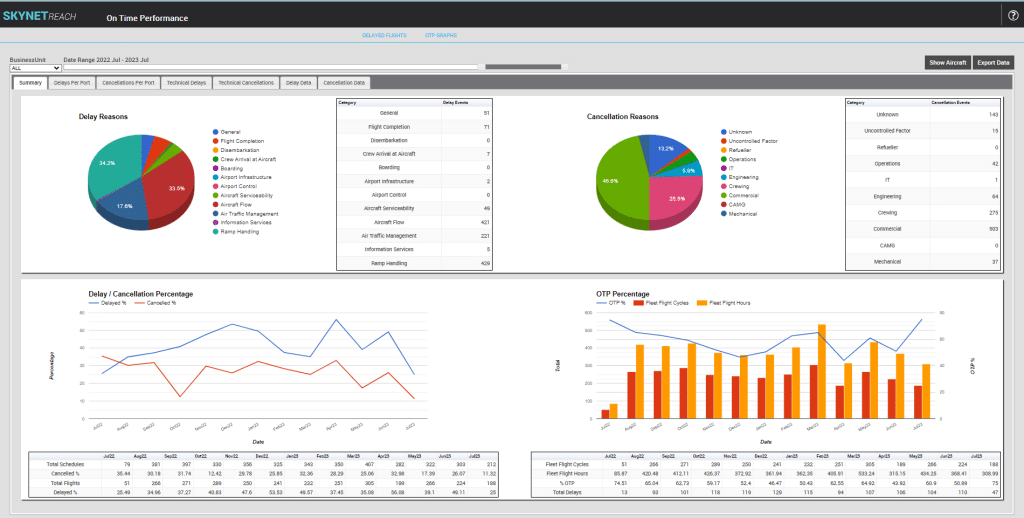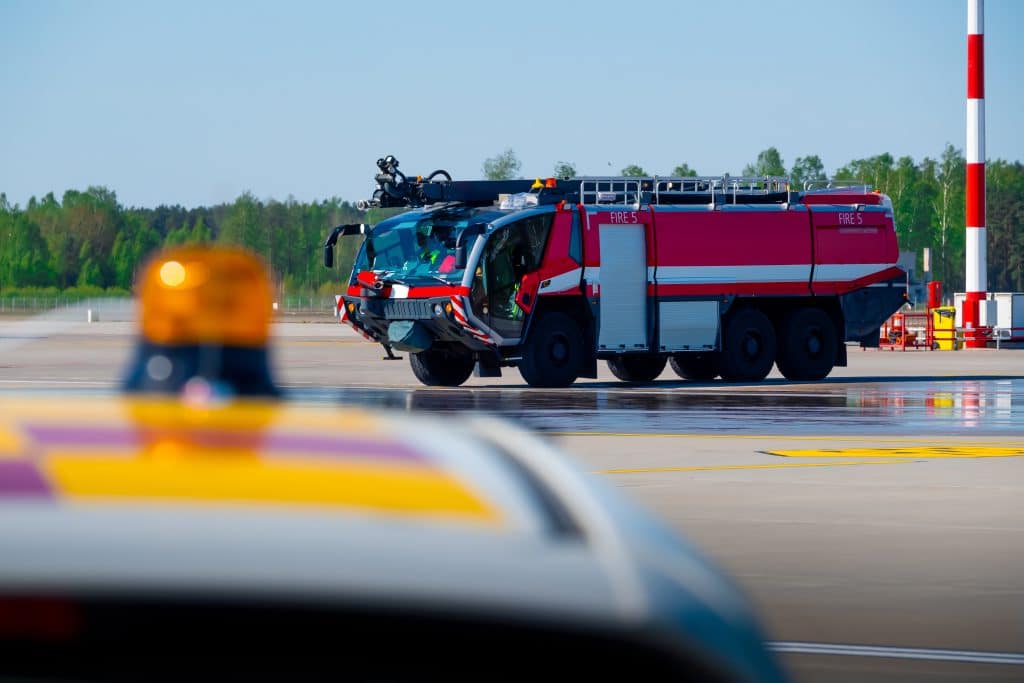For an aircraft on regular service, the dollar clock starts ticking as soon as it touches down. You want it back in the air fast!
However, there are a lot of moving parts in the procedures and systems that need to interact to get the plane or helicopter ready to go again. Any unnecessary time “wheels down” (or “skids down”) is a dead loss in profitability and smooth operations.
Accurately tracking what goes into aircraft turnaround is a major challenge.
- For an airline, aircraft waiting on the tarmac mean missed schedules.
- For an airport, chasing up aircraft slows down overall movements.
- For an operator, every idle minute is an asset at zero utilisation.
What they each need is a holistic system to automatically monitor, track, store and report on the clockwork of interlocking documentation, processes, systems, security inspections, maintenance routines, resupply and crewing considerations that should commence as soon as the wheels or skids touch down.
Jon Davis, CEO of technology company SkyNet Aviation™, points out that what they really need is a FIDS (Flight Information Data System). Don’t think of FIDS as just the boards installed in arrivals and departure halls for passengers to find their flights.
No, what we’re talking about here is operational FIDS: a powerful real-time data management system that generates a tactical and tailored datastream to each team and department involved in getting an aircraft turned around and back in the air.
“Operational FIDS solutions are a management tool for catering, baggage, crewing, engineering and all the others so they can work efficiently and with a live view of their upcoming tasks,” Davis says.
Davis explains that the key benefit of operational FIDS is that it gives you instant on-time performance metrics so you can see what is in the air, what is early, what is delayed, what is on the ground and what needs to be done regarding aircraft at each of those stages – all in real time.
“This system means visibility on the beginning, middle and end of your flights. Then comes the turn: possibly the most intensive period of flight management. There are so many possible delays, breakages and late-attendance problems and so on.
“Whenever you are moving people, bags or fuel you will have potential problems. That’s why operational FIDS is so handy: it’s a one-stop contextual info service.”
The time of operational FIDS has come
The reason FIDS is now starting to make its presence felt in aviation operations as well as the usual passenger info boards is the increasing digital enablement across the sector.
Throughout all the teams and departments of an aviation company, there are devices, laptops and apps generating valuable data. To capitalise on that data, it must be unlocked.
This is where software platforms that gather real-time data from all those digital devices and different systems comes in. These platforms are what really power operational FIDS.
Once they have the data, the platforms integrate and correlate it all. Then, via deep filtering, the relevant information is disseminated to the different operational teams according to what they need to know – and when they need to know it – in order to meet their responsibilities.
For example, using operational FIDS:
- Baggage handlers can be informed of what flights are landing and where, including any special notes such as to unload a specific baggage hold first.
- Gate staff can identify, intercept and guide passengers who have short transfer times.
- Maintenance and engineering staff receive all necessary data to complete safety checks and technical inspection routines.
- Air traffic control can use FIDS data to communicate with aircraft to let them know where to land and take off from.
- Flight schedulers gain real-time tracking to ensure flights are running on time and can anticipate delays.
- Cleaning teams are updated on when they can get in to remove rubbish, sanitise the cabin and replace the consumables.
Of course, there’s far more than this. The central point is that all relevant parties receive a datastream that is filtered just for what they need to know in order to do their jobs. This automatically updates on when each team has started and completed their tasks, meaning everyone has a continual view of how they fit into the overall situation.
This is crucial because they must all stay coordinated. Otherwise, any of them has the capacity to cause significant delays.
Old concept, new capability
Many systems seeking to achieve what operational FIDS delivers are already out there. The inherent limitation of these traditional systems is they still require someone to manually update siloed information.
“You’d think something like automated operational FIDS would be standard capability across the industry, but its not,” Davis says.
“A lot of the time it all still comes down to someone talking to various departments and literally typing numbers into a spreadsheet.
“Pretty much no operator currently has access to truly real-time data for real-time management.”
He points out that these new operational FIDS software platforms can incorporate multiple data sources, dynamic weather overlays, status alerts and more into a single “pane of glass”.
Further, because ADS-B plays a key role in the software platform that powers operational FIDS, the typical interval for its automatic updating is the same as that of an ADS-B transponder – as little as 1 second.
SkyNet’s own operational FIDS solution
REACH Aero Day Of Operations is the software platform to power operational FIDS that SkyNet Aviation has developed. As well as offering all the capabilities already described, REACH also stores all of the flight information and data so that it can be used for reporting and analytics.
“Your financial officers can instantly pull a report of say ‘what flights have we run for X Supplier’s contract?’. What they would get is a report on the status of that contract right then and there,” Davis says.
“All of the information is also stored in the back-end so that you can analyse it as necessary.
“These different capabilities will become more and more valuable over time as airlines, airports and operators find other efficiencies through using tracking technologies.”
“By using a system like REACH Aero Day Of Operations, even smaller companies can now work as efficiently as larger organisations, without the need to invest in large-scale operational changes or expensive and additional equipment.”



